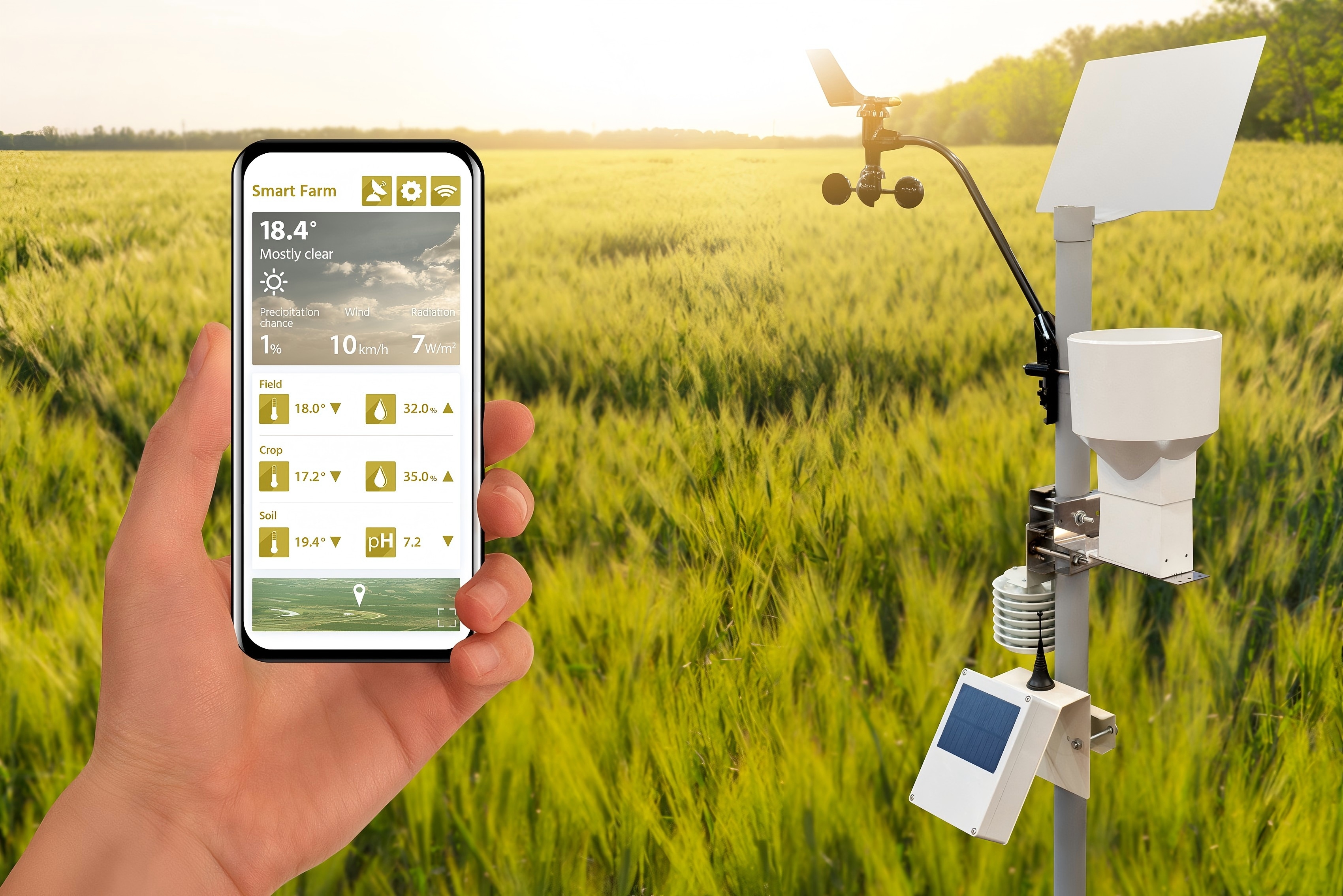Introduction
In today's data-driven farming landscape, compact weather monitoring systems equipped with RS485 Modbus communication are revolutionizing how farmers track environmental conditions. These strong, flexible solutions give real-time weather data. They work well with farm automation systems. This helps improve irrigation, cut waste, and increase crop yields.
This article looks at why Modbus-enabled weather stations are important for smart agriculture. It covers their technology, benefits, and main uses.
A robust industrial communication protocol that allows multiple sensors to transmit data over long distances (up to 1,200 meters).
Supports daisy-chaining, enabling a single network to connect wind, temperature, humidity, rain, and solar sensors.
Noise-resistant, making it perfect for electrically noisy farm environments.
| Feature | RS485 Modbus | Wi-Fi/Bluetooth | LoRa/NB-IoT |
|---|---|---|---|
| Range | 1,200m+ | <100m | 5km+ |
| Power Efficiency | Low | Medium | High |
| Data Reliability | Excellent (no interference) | Unstable (signal drops) | Good (but latency issues) |
| Cost | Low | Medium | High |
| Best For | Wired farm networks | Short-range IoT | Remote telemetry |
Conclusion: RS485 Modbus is the most reliable and cost-effective choice for fixed weather monitoring systems in agriculture.

A high-quality system should include:
Wind speed & direction (ultrasonic anemometer)
Temperature & humidity (digital hygrometer)
Rainfall (tipping bucket rain gauge)
Solar radiation & UV index (pyranometer)
IP66/67 waterproof rating (withstands dust, heavy rain, and extreme temps).
Corrosion-resistant (stainless steel or marine-grade aluminum).
Plug-and-Play Modbus RTU Compatibility Works with PLC controllers, SCADA systems, and farm management software.
Supports Modbus RTU over RS485 (standard in industrial automation).
Can operate on solar energy for remote use.
Automatically adjusts watering based on real-time rainfall, humidity, and evapotranspiration (ET) data.
Cuts water waste by as much as 30%.
Detects sudden temperature drops and triggers frost protection systems (e.g., wind machines, sprinklers).
High humidity + moderate temps = fungal outbreak risk (e.g., powdery mildew).
Alerts farmers to apply preventative treatments.
Modbus data feeds into HVAC systems to maintain optimal growing climates.
✔ Sensor Accuracy (e.g., ±0.5°C for temp, ±2% RH for humidity).
✔ Expandability (can you add soil moisture or leaf wetness sensors later?).
✔ Power Options (solar vs. wired).
✔ Software Compatibility (FarmWorks, AgriWebb, etc.).
| Brand | Key Features | Price Range | Best For |
|---|---|---|---|
| Coda Sensors | Military-grade, Modbus & 4G dual output | $$$ | Large farms, harsh climates |
| Davis Instruments | Reliable, user-friendly | $$ | Small to mid-sized farms |
| METER Group | Research-grade accuracy | $$$$ | Universities, agritech R&D |
Suggestion: Coda Sensors' Modbus-compatible systems are great for automating farms. They offer strength, accuracy, and the ability to grow.
AI-Powered Predictive Analytics – Forecasts disease risks using historical weather patterns.
Edge Computing – On-device data processing for faster response times.
Hybrid Connectivity – RS485 + LoRaWAN for remote monitoring.
Discover how water level sensors reduce labor co
Learn how CODA Sensor solar radiation and PAR se
Discover how real-time weather station data impr
Contact: Molly
Phone: +86-17775769236
Tel: 86-0731-85117089
Email: molly@codasensor.com
Add: Building S5, Aux Square, Yuelu District, Changsha City, Hunan Province, China
We chat